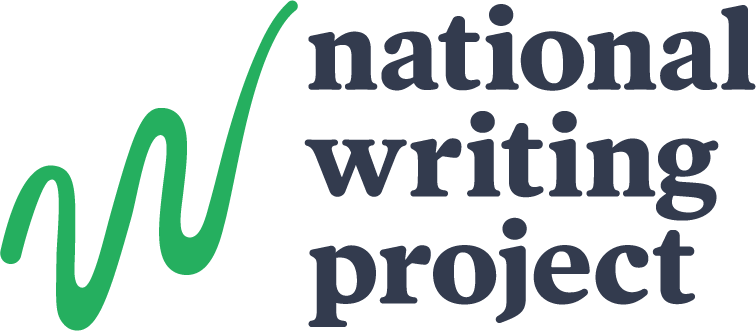
All writers, regardless of age and experience, wrestle with the challenge of taming mountains of source material into writing that conveys a strong argument as well as being transparent and easy to follow. This is especially true for youth just gaining experience with conducting research about issues that matter to them, forming their own positions, and communicating their perspectives to a world beyond the classroom.
When effective, the structure of an argument enhances the writing’s central message. This is true for public arguments as well as academic writing. In public writing, effective structures also adhere to the conventions of the chosen genre, whether petition, letter to the editor, or spoken word poem. Therefore, our final attribute—employs a structure to support a position—analyzes how organization and structure help develop the central argument, including openings, closures, and linkages.
Dimensions
To analyze students’ use of structure, the rubric focuses on organization, the opening and closing of a piece, and linkages among ideas. (Click image to enlarge.)
Organization In public writing, writers weave together and order ideas, facts, anecdotes, and reasoning in ways that will be compelling to their intended audience. They rely on genre features to further enhance their arguments (e.g., headlines and pull quotes in opinion editorials). Ideas and information are carefully organized across the full piece of writing as well as within paragraphs.
Openings / Closings As in academic writing, beginnings and endings matter. A powerful opening often helps to establish the significance of an issue. And, in some forms of public argument, a clear and nuanced claim comes at the end.
Linkages When writing for a public audience, authors often use ideas to link paragraphs to each other rather than simpler forms of linking (e.g., first, second, third). When done well, this type of transition helps to build an argument’s cohesion and facilitate the flow of ideas.
Youth Samples
How My Chinese Grandma Found Her American Dream Ashley Shen effectively uses excerpts of her interview—her questions along with her grandmother’s responses—to structure her narrative argument that immigrants share an American Dream. The brief opening vignette allows the reader to visualize Shen’s grandmother and the closing strengthens the call for appreciating what immigrants contribute to younger generations.
Download Annotation (PDF)
Petition to Introduce a Pilot Rap Program This petition, drafted and circulated by students from Oakland Unified School District, effectively uses a problem / solution structure to argue for funding for a pilot rap program. The closing effectively establishes the significance of the requested action for students and outlines implications for an audience beyond the signers of the petition. “Everyone deserves to learn how to play the music they are passionate about, and express themselves in a constructive way. If this class works out for the kids, we would like to see others like it appear at other OUSD high schools in the future.”
Download Annotation (PDF)
“If we put history to one side, we get an unrelenting focus on the structure of the Declaration’s argument. And only by focusing on that structure can we see what is truly most important about this text. It is this: the Declaration teaches people how to do the very thing that everyone has the capacity to do, namely, make political judgements. By focusing on the structure of its argument—on how the Declaration says what it says and what it makes happen for each reader—we can come to a very deep understanding of human equality.”
Danielle Allen. (2014). Our Declaration: A Reading of the Declaration of Independence in Defense of Equality. New York: Liveright Publishing.

